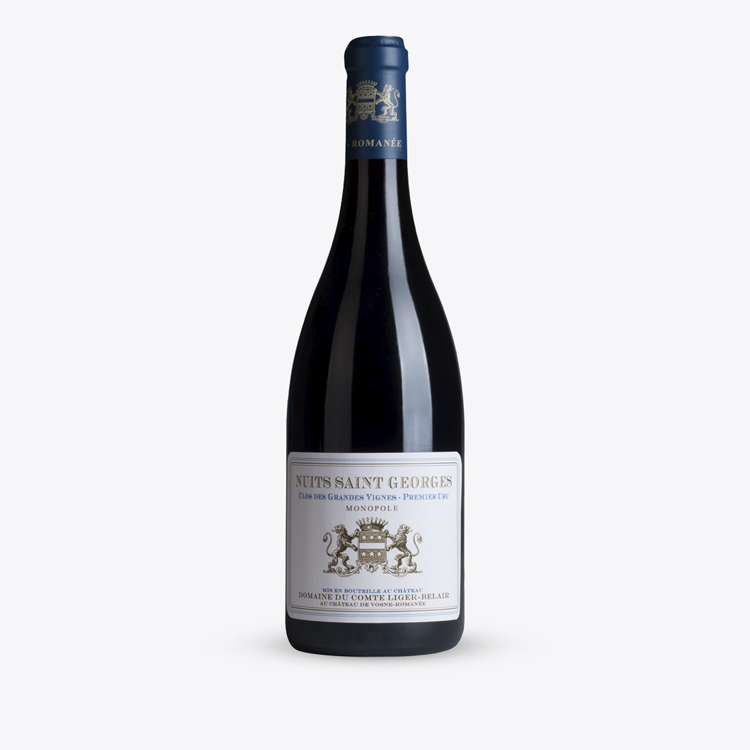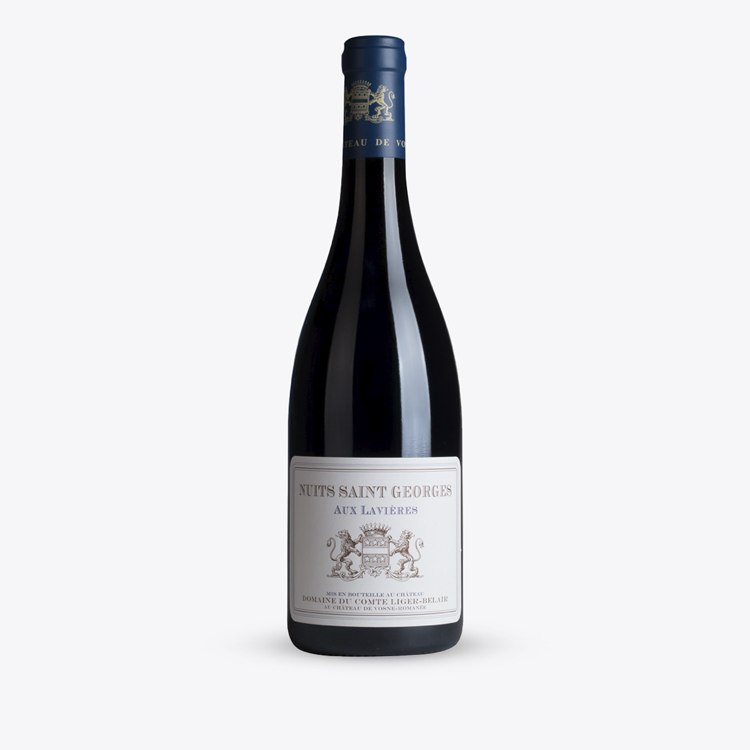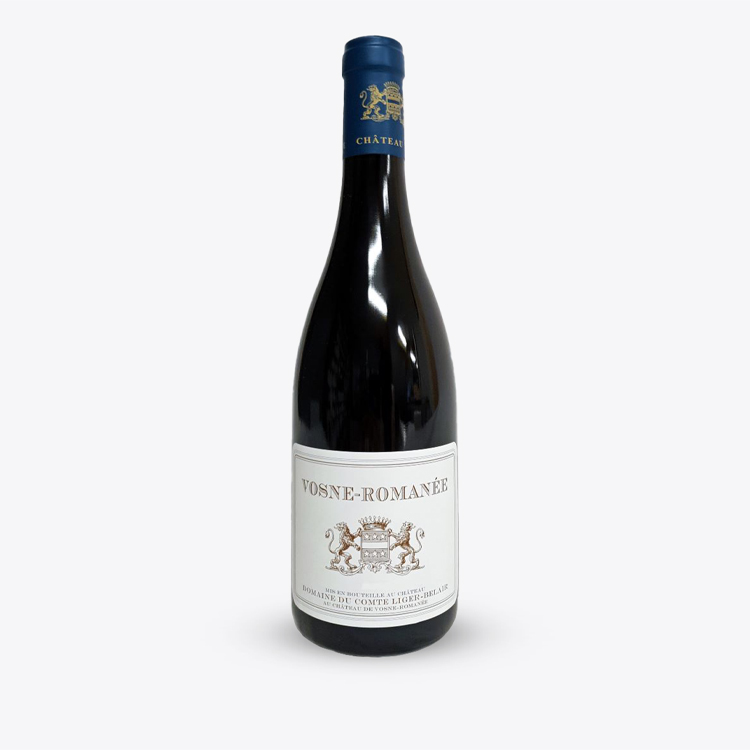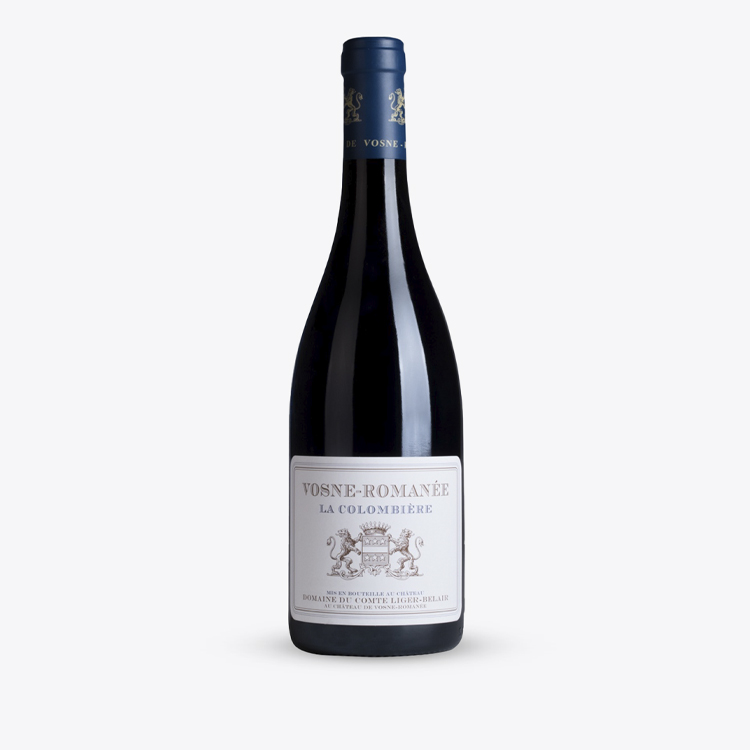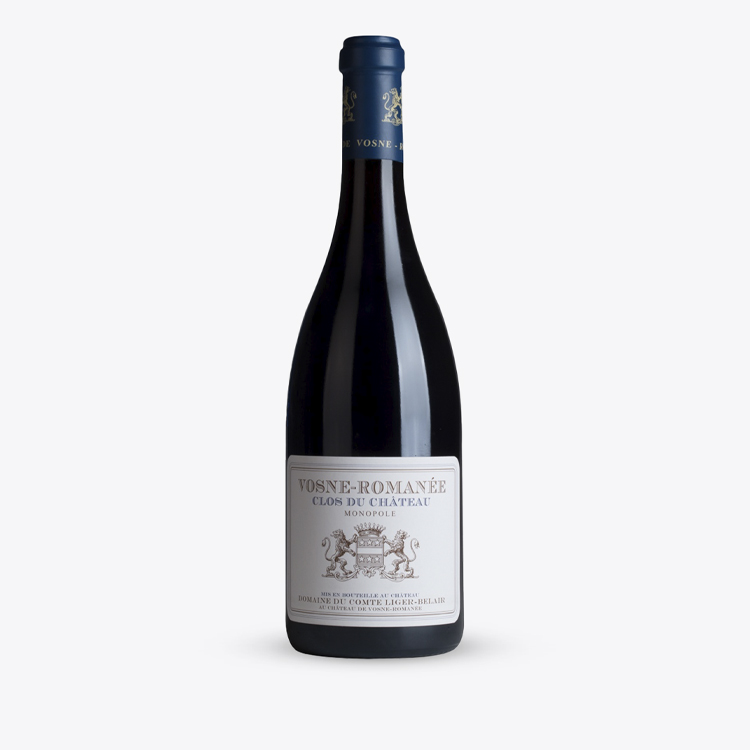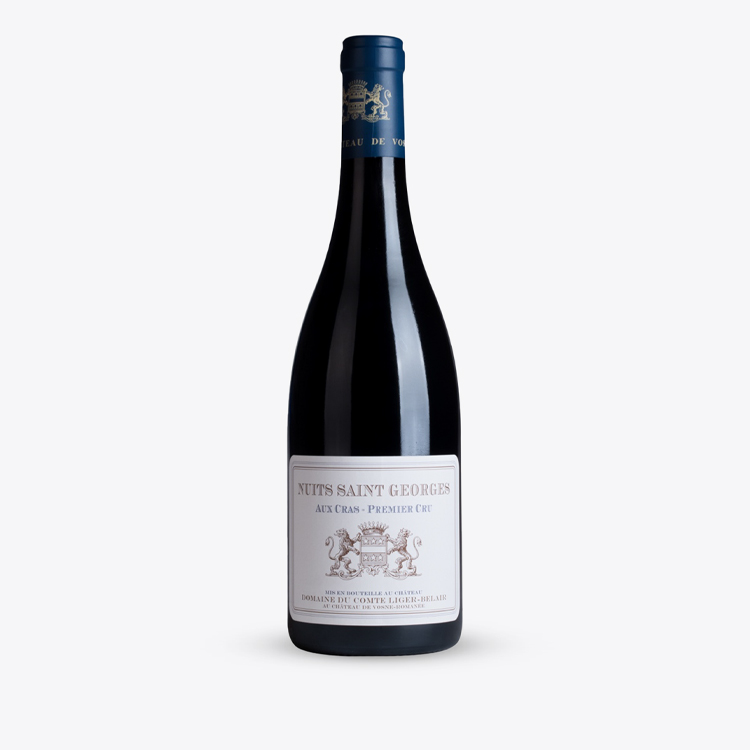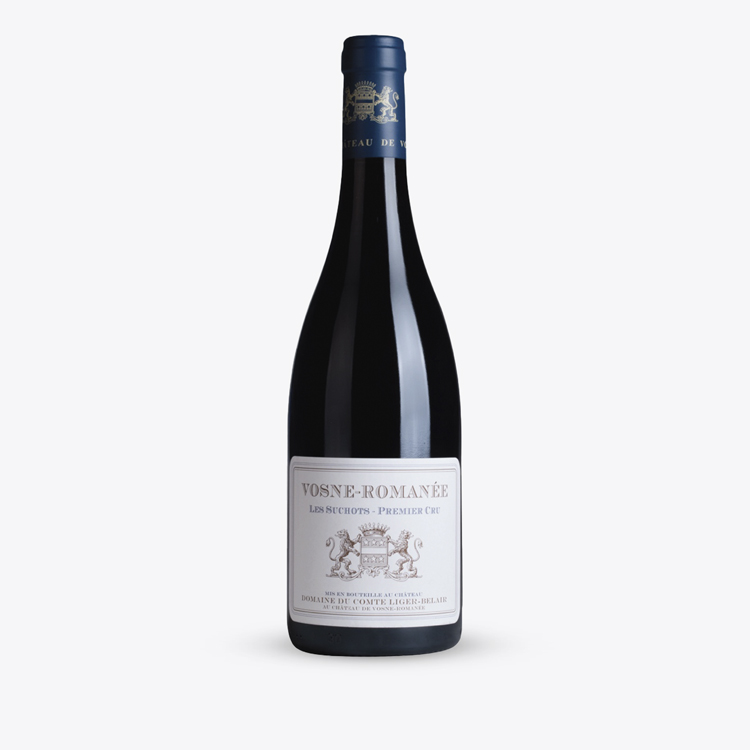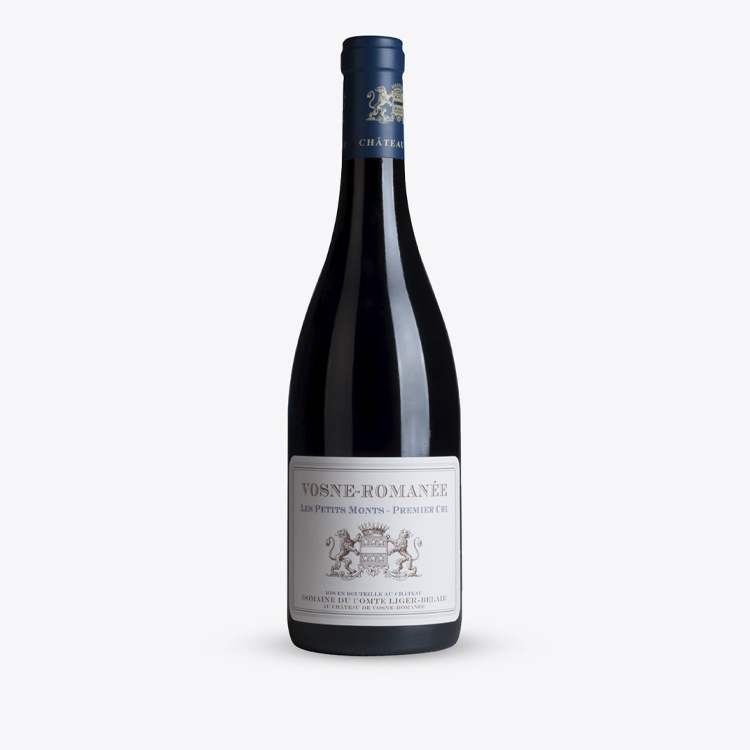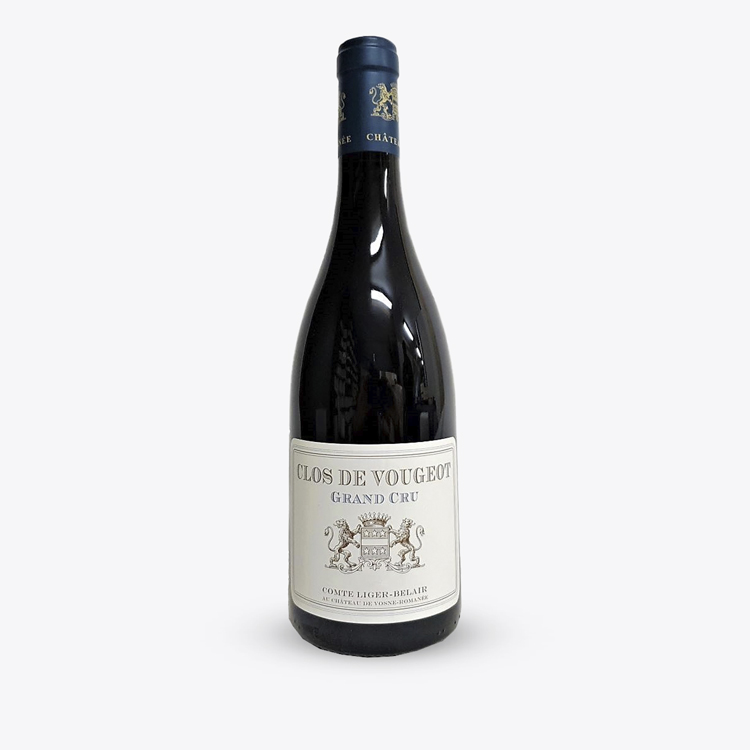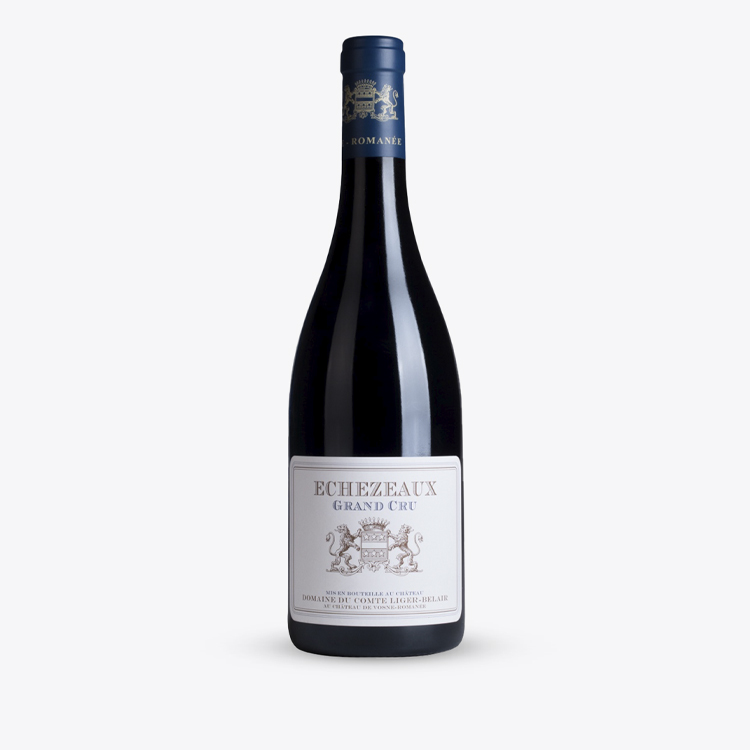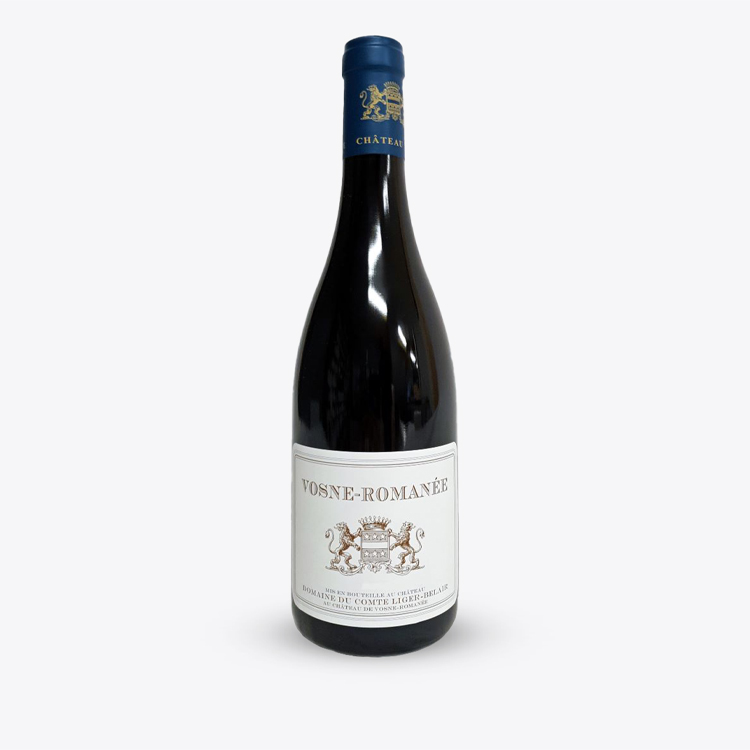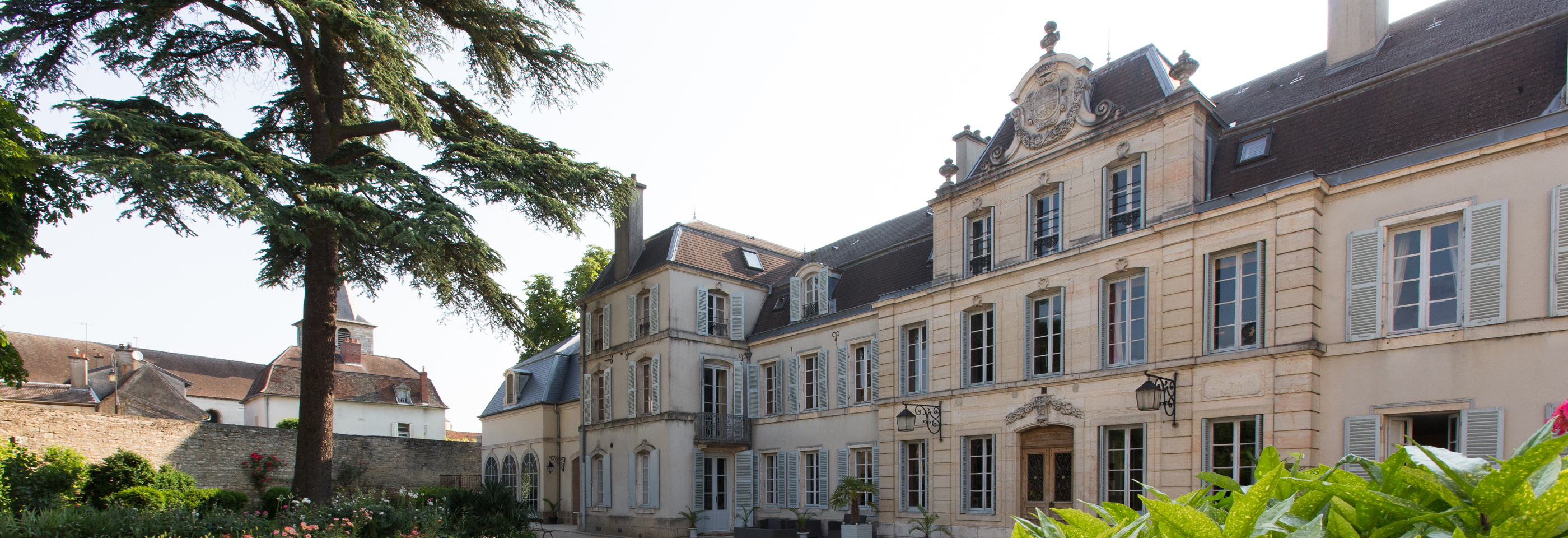
Domaine du Comte Liger-Belair
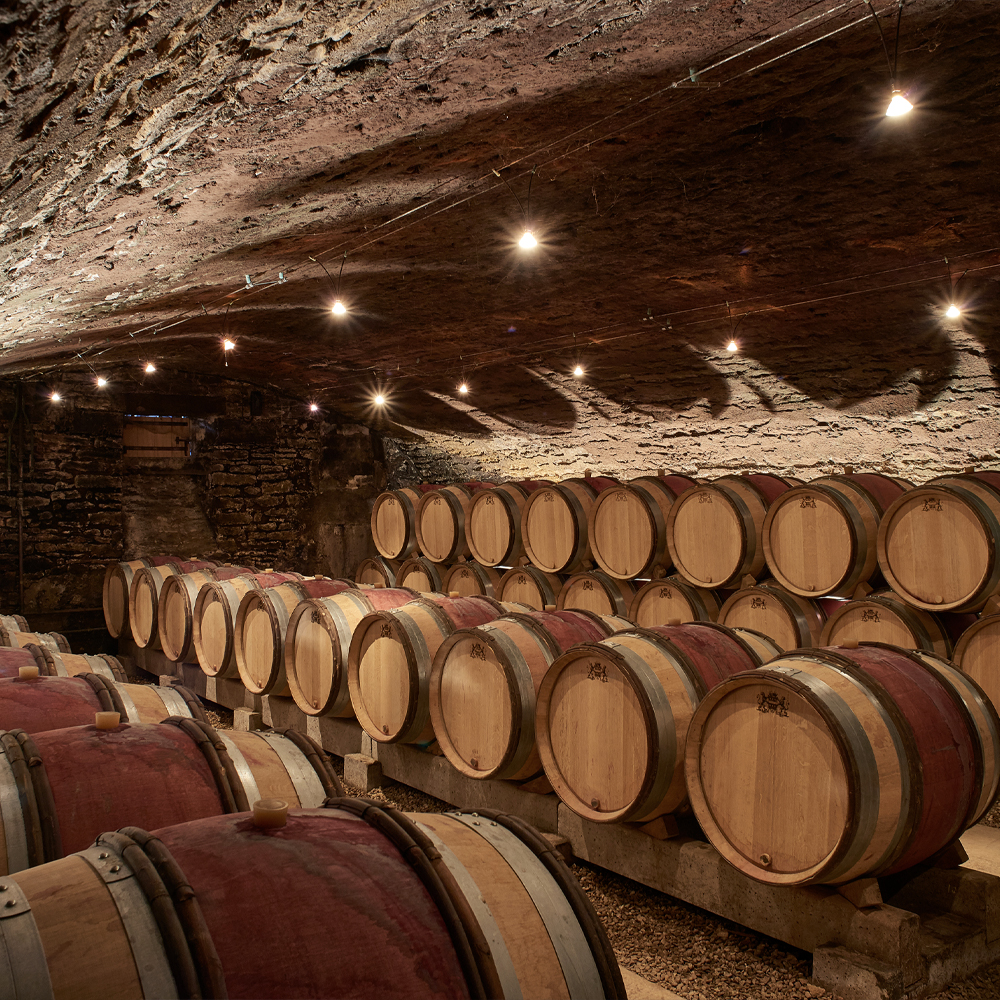
The History of Domaine du Comte Liger-Belair
Domaine du Comte Liger-Belair is a great and historic Vosne-Romanée Domaine rejuvenated at the beginning of 2000 by the young Vicomte Liger-Belair, Louis-Michel, an agricultural engineer and oenologist.
The Liger-Belair family settled in Vosne-Romanée when Comte Louis Liger-Belair, napoleonic general, acquired the Château de Vosne in 1815. The Domaine grew considerably under the general’s direction and that of the Comte Louis-Charles, his son, amounting to more than sixty hectares principally in the Côte de Nuits with ownership of some of France’s most prestigious appellations: the monopoles of La Romanée, La Tâche, La Grande Rue, a large portion of Malconsorts, parcels of Chaumes, Reignots, and Suchots in Vosne-Romanée, Saint Georges and Vaucrains in Nuits-St.-Georges, Clos de Vougeot and Cras in Vougeot, Chambolle, Morey, as well as Chambertin.
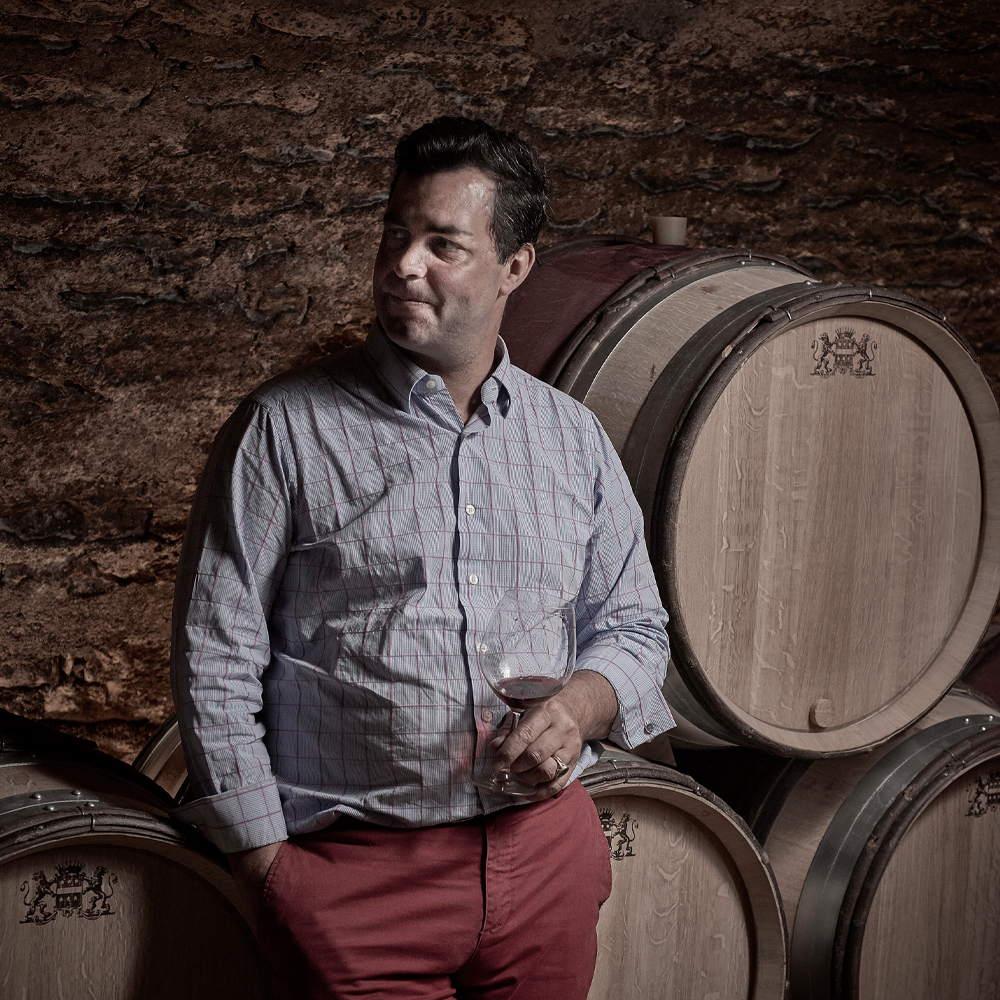
When Comte Henri Liger-Belair, grandson of the Comte Louis-Charles, died in 1924 he left a wife and ten children in possession of twenty-four hectares of vines and the Château. The Domaine held together until the death of the Comtesse Liger-Belair in 1931. Inheritance law at the time stated that all children had to be of age in order to distribute the inheritance or the estate must be sold. Sadly some family members could not wait for the two Liger-Belair minors to come of age and on August 31st 1933, at the town hall of Vosne-Romanée, the vineyards were auctioned off. The children witnessed the departure from their patrimony of La Tache, the Malconsorts, the Brûlées. However, two of the children, a priest, and his brother, the Comte Michel, Louis-Michel’s grandfather, banded together to buy back La Romanée, Reignots, and les Chaumes. The vineyards were entrusted to local vignerons, and sales to Burgundian negoçiants. The Comte Michel died in 1941, during the war, before he could redevelop the Domaine. His son, the Comte Henry, Louis Michel’s father, who enlisted in the army and rose to rank of general, managed the Domaine by leaving vineyard work to sharecroppers, and commercialisation to various shippers.

Since 2000, the Comte Louis-Michel has controlled all aspects of production from vineyard to bottle and has in a short time steered the Domaine back into the top echelons of Burgundian winegrowing.
In 2022 Louis-Michel was given the chance to access a number of plots that had previously been part of Domaine Lamarche, further expanding the range into Vosne-Romanée Aux Réas, Vosne-Romanée Premier Cru La Croix Rameau, Vosne-Romanée Premier Cru Les Malconsorts and Grand Echezeaux Grand Cru.
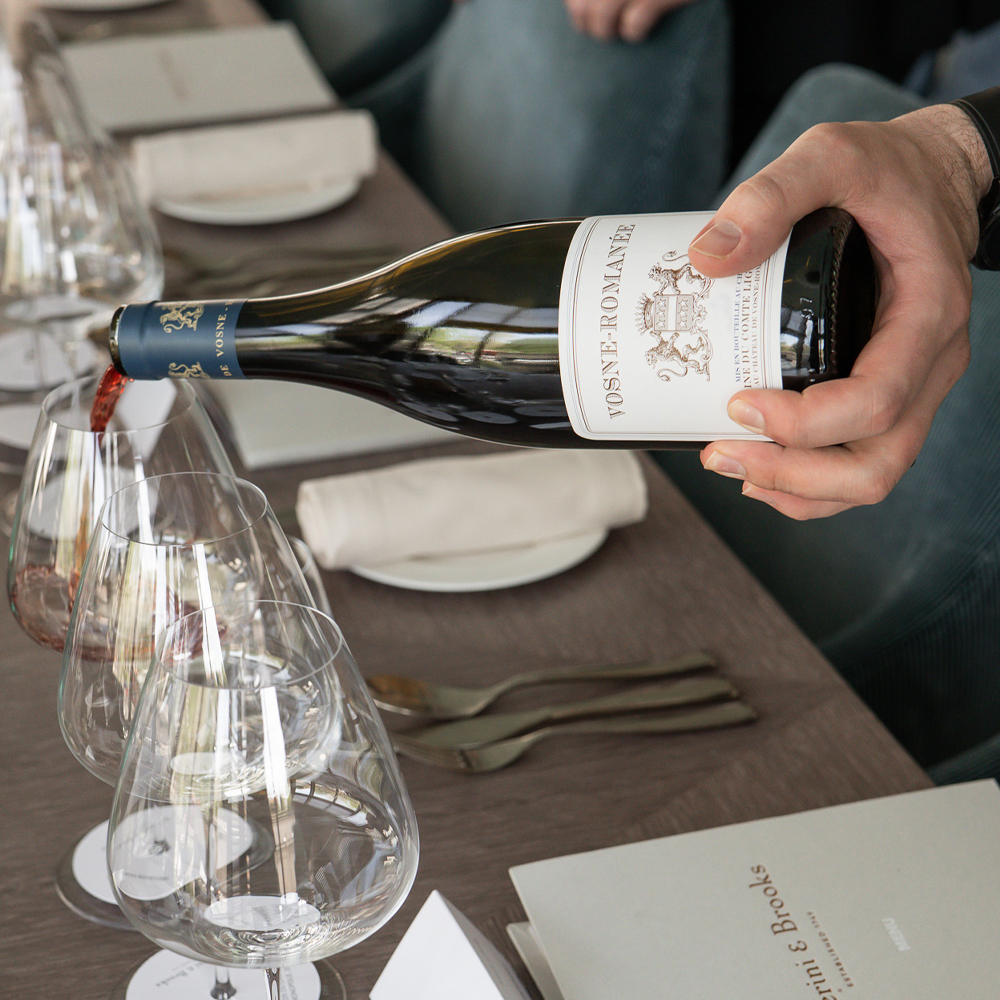
VITICULTURE
The Domaine’s strong belief is that the quality of the wine lies in the vineyard.
All vines and wines receive the same care, from village appellation to Grand Cru. Yields are reduced where necessary, the Estate is organic and Biodynamic Farming Certified and human intervention occurs as little as possible in both the winery and cellar.
Louis-Michel believes it is essential to plough the vineyards and does not apply any chemical weed killer, which allows the differing terroirs to express their true characteristics.
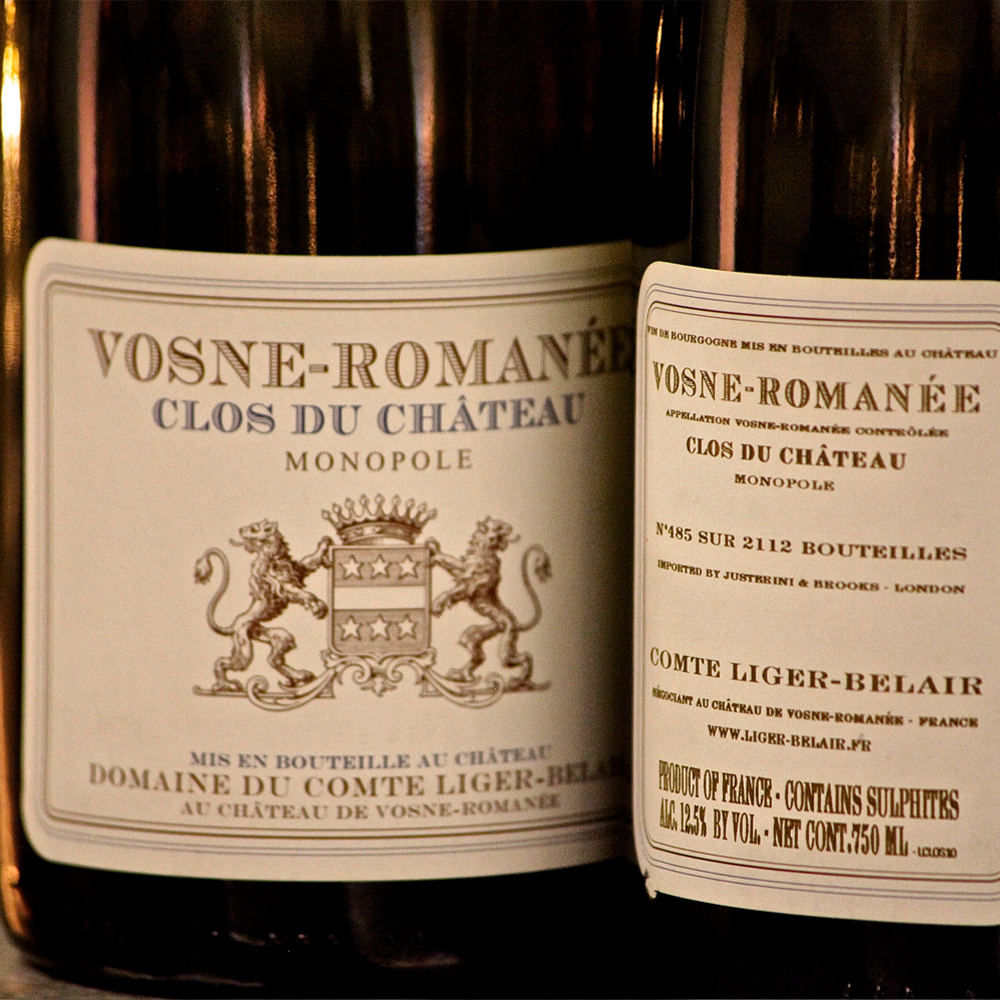
This method also protects the microbiological life of the soil. The Domaine is one of the only ones in Burgundy to employ its own horse for ploughing the vineyards, particularly the more clay-dominated lower lying village vineyards, because they believe it is important for the quality of the soil. The experiment appears to be working – soil structure has improved and is less compacted than those ploughed with a tractor. Treatments are limited as much as possible and only carried out where necessary. Once the clusters are fully formed, usually during the second week of July, treatments are slowed. This avoids two further chemical applications, as some Domaines continue their ‘systematic’ programme until ripening occurs in mid-August. Anti-fungicides are not used as these are known to kill certain yeasts and only biological methods of controlling vine pests are employed – pesticide use is avoided by placing natural pheromone capsules in the vineyards that affect the pests’ reproductive cycle.
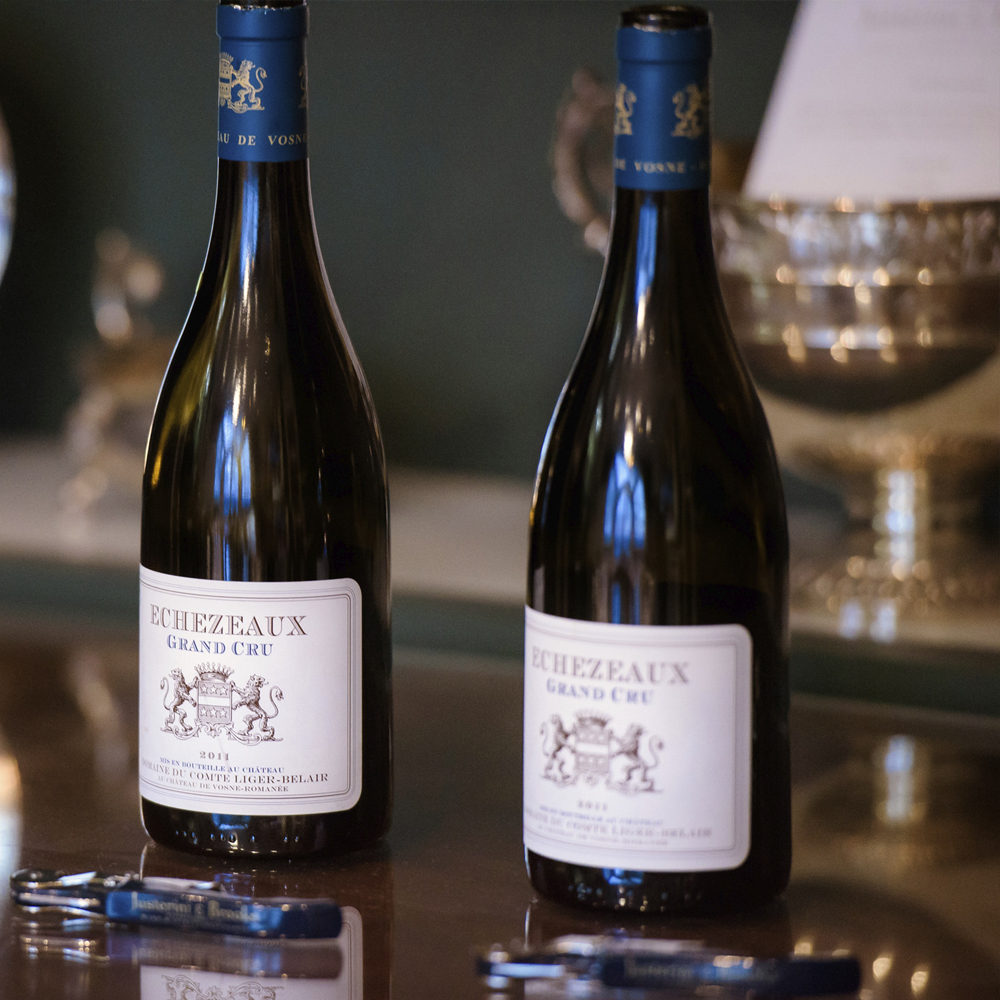
VINIFICATION
The grapes are brought to the winery in small cases that hold just 14 kilos of grapes in order to avoid crushing the bunches. Sorting is carried out by a team of eight on a sorting table, the grapes are usually destemmed and arrive in the vats by means of a conveyor belt without being pumped or crushed.
The grapes are then lightly sulphured and cooled down to below fifteen degrees, a temperature that is maintained for a week, enhancing aroma. After a week, the fermentations begin naturally within a few days without the use of non-indigenous yeasts. During the fermentation, pumping over is used, taking care not to over-extract.
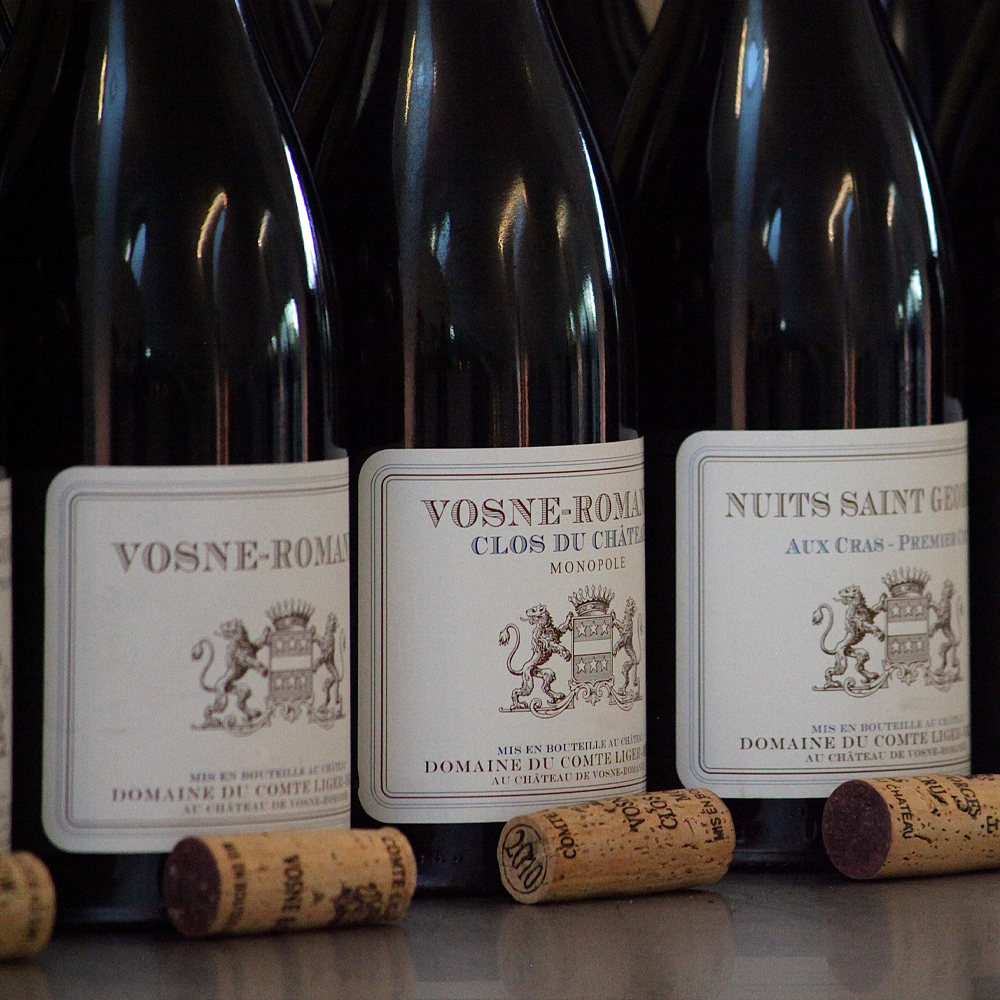
When the fermentations are finished the wines are tasted every day and devatted when they are ready. The grapes are then pressed and blended with the free-run juice. After roughly ten days the wines are transferred by gravity into new oak barrels when they are as clear as possible, as the wines are never racked during the ageing process. Malolactic fermentations begin naturally just before or after the first winter succeeding the harvest. The wines stay in barrel with neither racking nor sulphur addition if possible. 13 to 15 months after the harvest, the wines are then sulphured, racked and left to rest for two to three months in tank in preparation for bottling, which takes place by gravity. The wines are not fined or filtered.
CONTACT OUR TEAM
If you're interested in learning more about the wines of Domaine du Comte Liger-Belair or wish to enquire about availability or pricing our dedicated team would be delighted to assist you.



